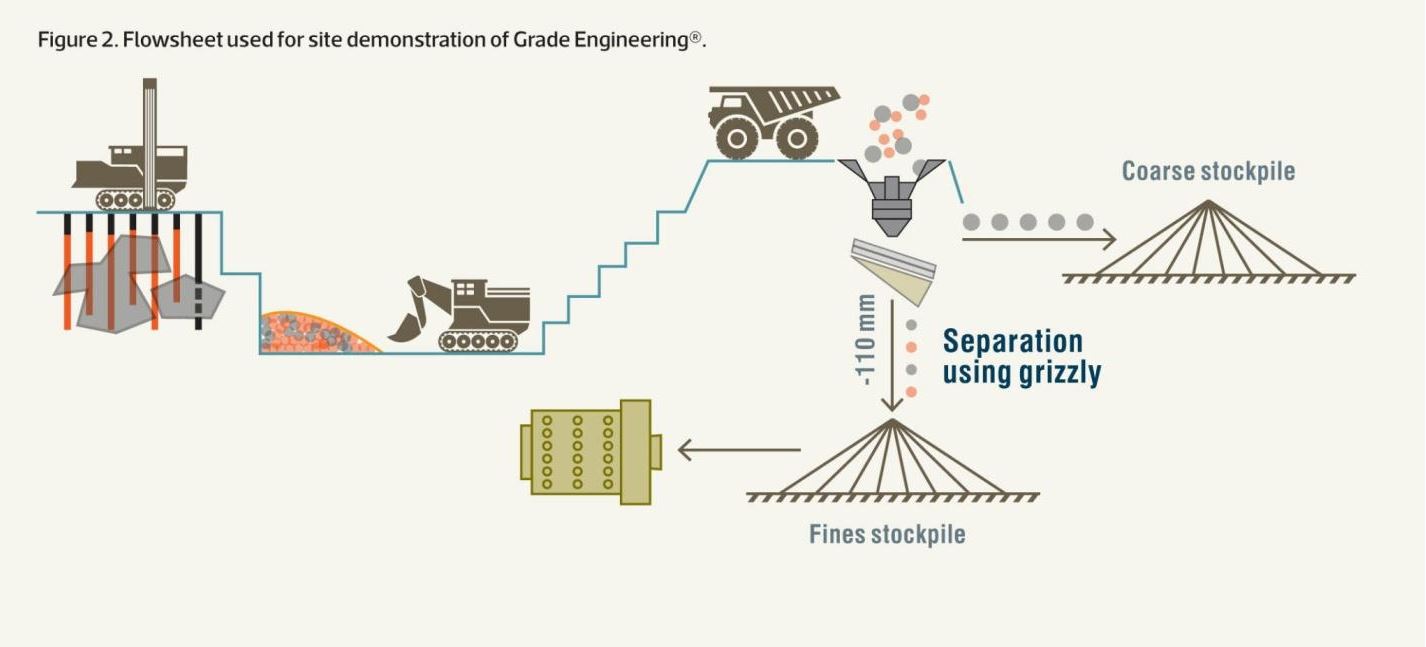Is The War For Talent Over..and is it OK to target your lazy competitors???
- Leadership
- Mining People Matters

Is The War For Talent Over..and is it OK to target your lazy competitors???
If you don’t read this, at least ensure your GM for HR and other hiring managers do.
It quotes extracts from an Ernst and Young (EY) report into labour productivity for the mining sector. The full report can be found here.
In short, the war for talent is not over; we’re just in a ceasefire...
Firstly I should declare that I don’t particularly like phrases such as “the war for talent”, “human capital”, “headcount” and the like. To me they dehumanise concepts of extreme importance in our attempts to understand what business is really all about; people.
That said, I agree strongly with the broad message in EY’s report and want to respect their arguments.
The central premise
Productivity declined significantly since 2000 after conscious choices were made to pursue production growth and headline revenue during an unprecedented boom in commodity prices. Many adopted a “hire-at-any-cost” approach. We saw this with our own eyes. Graduate salaries were doubled in 3 years! The major miners started it and everyone else simply had to follow.
The current contradiction
The end of the boom reversed this trend, with many feeling this has led to a victory in the war for talent.
But is it that simple?
If the sector only focuses on responding to the impacts across the economic cycle — as it has done recently — and loses its focus on the war for, and supply of, talent, it will expose itself to the risks presented by more enduring and complex trends.
Even though in EY’s business risks ranking, the skills shortage has moved from their number one risk a few short years ago, to ninth place in 2014, the risk remains substantial. This is due to it being far more complex now with bigger long play issues contributing to the complexity.
Putting all this aside, my firm view is that in the mining industry, talent shortages will very quickly move right back up the risk ladder in the short to medium term.
What are these long play trends that Ernst & Young referred to? The Ageing Workforce
This poses a significant risk to mining leadership with inadequate attention having been given to understanding how an ageing workforce will impact the sector.
Globalisation
This adds further complexity. While globalisation has meant access to a wider talent pool, it has also resulted in increased competition for talent on a global stage. There is increased complexity in how companies attract across borders and how companies maintain a sense of their talent position in the face of more global competition.
Greater collaboration/fewer silos
Increasing size and complexity of modern mining operations is challenging the scalability of the traditional mine organizational structure.
The creation of functional silos at mines was an attempt to cope with this complexity. This combined with the technical bias of most of the functions has led to excessive silo based behaviour and resulted in diseconomies of scale.
Many of the technical professions represented at mines are renowned for their fierce autonomy and independent work styles.
Mines are having to breakdown this silo mentality to encourage greater collaboration around problem-solving, innovation and performance improvement.
An increase in diversity at mine sites, that not only better reflects the globalized nature of companies, will assist with accelerating some of this cultural change.
This includes breaking down the”alpha male” culture and promoting greater teamwork and collaboration across the functions.
Disruptive technology
This is changing the skills mix required. For example remotely operated vehicles such as autonomous equipment has yielded important efficiencies, without necessarily reducing headcount. Driverless trucks for example, have changed the skills profile from heavy licence drivers to controllers schedulers and employees with data processing and technical planning capability and altered the location of some jobs from mine site to remote operations centers in metropolitan centers.
We’re seeing this in our own world of recruitment, search and labour-hire. The impact is truly enormous. Fortunately we responded and today we employ certain skills we never had on our radar only a few short years ago.
What can be done? Clearly identify the organisation’s current wise, senior talent and construct strategies to ensure these people are retained. Retention strategies might include:
- Flexible working arrangements
- Productivity-based performance incentives
- Leveraged technology to minimize the need for FIFO
- Creation of mentoring or coaching roles
- Implementation of personalized support strategies to transition to retirement
- Tailoring rewards programs to meet personal requirements
- Rotating people across mine sites within the organization’s portfolio.
Penfolds Grange of course is one of Australia's most iconic and long living wines. Now as with wine, not every person gets better with age so ensure you robustly manage the process of accurately identifying experienced talent.
Further, once you know you’ve found an excellent wine (or talented experienced person) don’t assume the wine (or the person) will continue to hold up forever. Taste (and test) regularly.
Target your lazy competitors.
Once you’ve got your own house in order use similar strategies to target and attract those seasoned employees exiting competitor organisations!
There is nothing nasty about this.
It is a fact that some mining businesses end up being run by people trying to do nothing more than mine the market for money, or by senior executives with only a cursory interest in people. Most companies of this nature don't have great talent in them, but occasionally ownership or senior management changes at the top of otherwise great companies, result in a change of corporate strategy. This sometimes leaves terrific people stranded and looking for an out. For good long term thinking businesses, this represents opportunity.
Develop, grow and align new talent.
While this has a lag, it is important to have experienced people teach newer staff how to effectively learn functions such as project management, change management and process improvement.
Why I’m cynical but where the opportunity lies
Having seen a few of these cycles (and participated in them) I appreciate it is really hard to do this in an industry such as mining with its wild swings from one side of the cycle to the other.
As a result I sense the industry ‘as a group’ will tend to struggle to deal with this issue.
What WILL happen though is what has always happened – the ordinary operators (or serial entrepreneurs with poor motivation) will buy poor assets and employ the wrong people to try to run them.
The good operators will capture the best people now (they’re doing it now) and invest in them through the cycles. You see ‘teams’, that while not always working inside the same company for extended periods of time, keep regrouping when the next project opportunity comes around.
It’s kind of a “we’re putting the band back together” approach.
Some will argue this is myopic thinking, but I’m referring here to previously successful teams that the market recognised as such, that will again deliver.
The smartest ones of all, also regularly add in some new modern talent with different skills and have the old band members mentor them.
This is an awesome time to be an established mining business with a core of good people. Keep them going and build the next generation now. If you do that you WILL inherit the future, as it is ALL about the people.
Steve Heather Managing Director & Principal Executive Search Mining People International
Related articles

Do the mining global Goliath's really have an advantage? Beware the return of the Market Miners and a bit on Failure.
-
Leadership
-
Mining People Matters

Is Mark Creasy on the money? Too many lawyers & accountants on mining boards...
-
Leadership
-
Mining People Matters

Do the mining global Goliath's really have an advantage? Beware the return of the Market Miners and a bit on Failure.
- Leadership
- Mining People Matters

Is Mark Creasy on the money? Too many lawyers & accountants on mining boards...
- Leadership
- Mining People Matters

